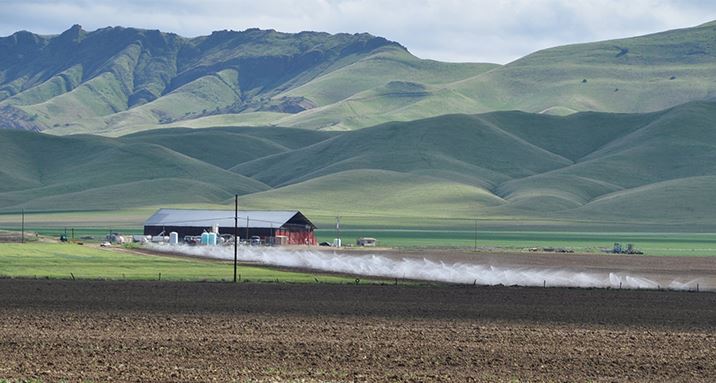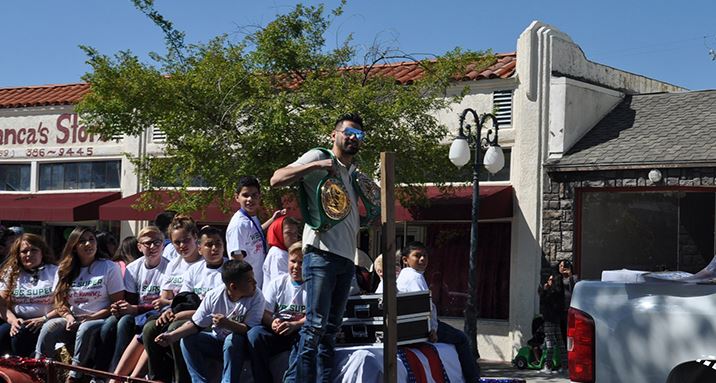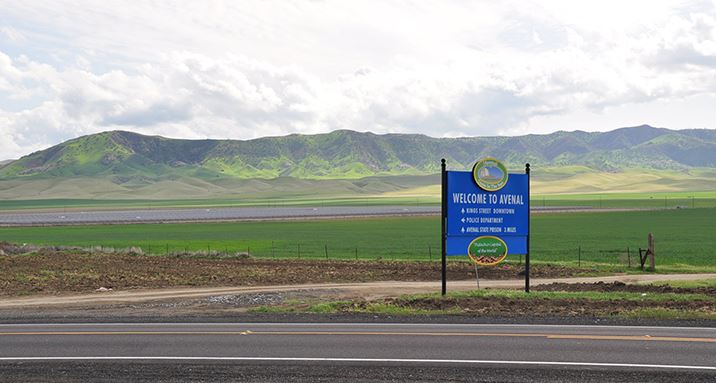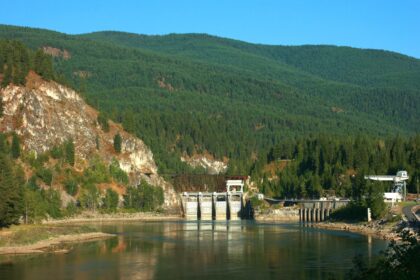Avenal (Spanish for “Oat field”) is a city in Kings County, California, United States. Take a look below for 25 awesome and interesting facts about Avenal, California, United States.
1. Avenal is located 35 miles (56 km) southwest of Hanford, at an elevation of 807 ft (246 m).
2. It is part of the Hanford–Corcoran Metropolitan Statistical Area (MSA Code 25260), which encompasses all of Kings County.
3. In area, it is the fourth largest city in Kings County. The ZIP Code for this community is 93204, and telephone numbers use the sequence (559) 386-XXXX.
4. The population was 15,505 in the 2010 census, which includes inmates at the Avenal State Prison, the first prison actively solicited by a community in the state of California.
5. Many of the remaining residents largely either work at the prison or in the agriculture industry. The prison provides approximately 1,000 jobs to residents.
6. The California Department of Finance estimated that Avenal’s population was 13,496 on July 1, 2019.
7. As of that date, Avenal State Prison held 4,165 inmates, which was about 32% of the total population of Avenal.
8. Inmates are counted as city residents by both the United States Census and the California Department of Finance.
9. The City of Avenal was named by Spanish soldiers and explorers.
10. In Spanish, “avena” means oats, and “avenal” means oatfield. This area was covered with wild oats, “waist high,” that looked like golden silk and covered the Kettleman Plains.

11. Early American settlers arrived in the Kettleman Hills during the 1850s with dreams of raising cattle and farming. Oil, however, would bring fame, fortune and people to the area.
12. Native Americans had always known oil was in the hills, with natural seepage around Coalinga and Tar Canyon. The first Kettleman Hills well was drilled in 1900, followed by countless unproductive efforts.
13. On March 27, 1927, the Milham Exploration Company began work on Elliot No. 1.
14. The crew toiled for 19 months, drilling past the 7,000-foot (2,100 m) mark. On October 5, 1928, the well blew out with a roar which was heard 20 miles (32 km) away, spewing forth an oil so fine that its color was white, and could reportedly be used unrefined as gasoline in automobiles.
15. The discovery of oil transformed Avenal into a boomtown. In 1929, Standard Oil surveyed the current site of Avenal to build a town. Makeshift houses were hauled in from Taft to take the place of the tents.
16. A water line was laid and later a sewer plant was installed, a post office replaced a cigar box in the general store, a fire department was organized and a community grew. Standard Oil Company built the residents a 600-seat theater and a hospital.
17. Also in the first year (1929), nearly 20 businesses occupied Kings Street and Skyline Boulevard.
18. By 1936, Avenal boasted a population of 3,000 – mostly oil workers – with 100 businesses and 69 private telephones and numerous community organizations.
19. In 1940, Avenal was the second largest town in Kings County with a population of over 4,000 and was known to have some of the best services and schools in the state.
20. Although today Avenal and its economy are largely reliant on the Avenal State Prison and agriculture, Avenal was once a booming oil town known as the “Oil Fields Capital.”

21. The teeming life of the oil fields, the forward thrust of civilization into the sun-baked hills so recently in their pristine state meant the early development of nearby towns where adequate living facilities could be provided to care for the fast-growing population.
22. Milham City was projected by a group of Kings County citizens who owned lands on the slope of the hills east of the oil field. It scarcely had emerged from the dream stage when the Standard Oil Company announced in 1929, that a townsite had been set aside on the northwestern slope of the hills and that it would be called Avenal.
23. Thus the present thriving, interesting little town of Avenal came into being as the “oil capital” of the great field. Roads and streets were surveyed and laid out, water mains were laid, the town was launched on its purposeful career almost overnight.
24. An emergency hospital was built. Small and large homes were purposefully constructed to enjoy a fuller life in the erstwhile barren plains and trees were planted to provide much needed shade.
25. On December 5, 1929, the first mail arrived at the new Avenal post office located at Moore’s Soda Fountain.




